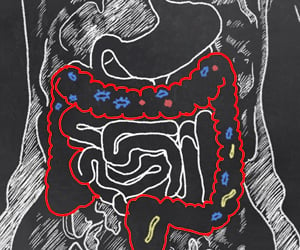A novel American study has revealed that cell division in cyanobacteria is regulated by similar type of circadian rhythms which control human sleep.
A novel American study has revealed that cell division in cyanobacteria is regulated by similar type of circadian rhythms which control human sleep.
The research conducted by scientists at MIT and the University of California at San Diego has appeared in the March 18 online edition of Science.revious research has demonstrated that although cyanobacteria do not "sleep" in the same way as humans, they cycle through active and resting periods on a 24-hour schedule. Cyanobacteria depend on sunlight for photosynthesis, so they are most active during the day.The researchers showed, for the first time, how the circadian clock regulates the bacteria's rate of cell division - their method of reproduction - in single cells.
Lead author Bernardo Pando, an MIT graduate student in physics, said: "These cells have to keep dividing, and the circadian oscillator regulates when they divide."
In multicellular animals, including humans, cell division is crucial for renewal and repair, while out-of-control cell division causes cancer, so "understanding how cells are dividing is really of fundamental importance," says Susan Golden, professor of molecular biology at the University of California at San Diego and an author of the paper.
Cyanobacteria maintain their circadian rhythms even when isolated from the naturally occurring daily light-dark cycles of the sun, just like humans. The scientists discovered that under conditions of moderate constant light, the cyanobacteria undergo cell division about once per day, and the divisions take place mostly at the midpoint of the 24-hour cycle.
To find how the cell division cycle is coupled to the circadian clock, the researchers sped up the cell cycle by boosting the intensity of light, enabling the cells to photosynthesize more, which increases the amount of energy available to them. The cells did start to divide more frequently, but in a pattern still linked to the circadian clock - they divided once a quarter of the way into the cycle, and again three-quarters into the cycle.
Advertisement
For the study, the researchers tracked single cells over a weeklong period. Proteins that govern the circadian clock were tagged with yellow fluorescent protein, so each cell's position in the 24-hour cycle could be pinpointed. Photographs of the cells were taken every 40 minutes, so researchers could see when they divided.
Advertisement
Alexander van Oudenaarden, MIT professor of biophysics and senior author of the paper, said: "You can only do this by looking at single cells." ANI)
Source-ANI
SAV











